The real or potential harm resulting from an unintended prick or cut with a needle or sharp previously used to take blood or give an injection. This percutaneous injury may transmit over 20 pathogens and of these pathogens, HIV/AIDS, hepatitis B virus (HBV) and hepatitis C virus (HCV) are the three most common diseases transmitted. A single exposure to HIV, HBC or HCV in the context of a Needlestick Injury (NSI) places a healthcare worker at average risks of infection of 0.3%, 6% to 30% and 1.8% respectively (CDC 2004; NIOSH 2000) has the past history of having transmitted many other diseases involving viruses, bacteria, fungi, and other microorganisms to healthcare workers, laboratory researchers, and veterinarian staff.
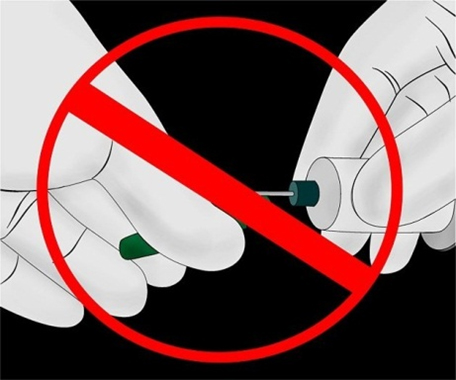
The diseases include Blastomycosis, Brucellosis, Cryptococcosis, DiphtheriaCutaneous gonorrhea, Herpes, Malaria, Mycobacteriosis, Mycoplasma caviae, Rocky Mountain spotted fever, Sporotrichosis, Staphylococcus aureus, Streptococcus pyogenes, Syphilis, Toxoplasmosis and Tuberculosis. Records state that, occupational NSI has the psychological effects such as health anxiety, anxiety about disclosure to a sexual partner, trauma-related emotions, and depression.
Needlestick Injury (NSI) Occurrence
WHO’s World Health Report 2002 states that 35 million health-care workers, 2 million experience percutaneous exposure to infectious diseases each year. NSI may occur during re-capping a needle, when an uncapped needle has ended up in bed linen, surgery clothing, when taking an unsheathed used needle to the waste container, during the clean up and transport of waste material, etc. NSI may occur when needles are exchanged, mishandled and improperly disposed by non-healthcare personnel. This includes law enforcement personnel, waste collectors, laborers, agricultural workers, children and drug abusers.
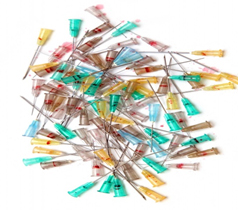
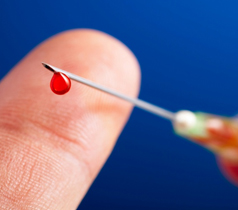
Control Measures
Over 80% of NSIs can be prevented with the use of safe needle devices, which in conjunction with worker education and work practice controls; can reduce injuries by over 90%. Methods to control hazards are usually discussed in terms of the hierarchy of control measures.
• Elimination: remove sharps and needles and eliminate all unnecessary injections.
• Engineering controls: examples include needles that retract, sheathe or blunt immediately after use.
• Administrative controls: policies aimed at healthcare worker safety, exposure control plan, injury log maintenance, surveillance program, removing all unsafe devices and consistent training on safe devices.
• Work practice controls: no re-capping, placing sharps containers at eye-level and at arm’s reach, emptying sharps containers before they are full, and establishing the means for safe handling and disposal.
• Personal Protective Equipment (PPE): barriers and filters between the worker and the hazard such as eye goggles, gloves, masks and gowns.

Immediate Control
The wound to be let bleed for a moment and then cleansed thoroughly with water or a saline solution. The wound should be disinfected using an ample amount of soap and water followed by 70% alcohol (avoid alcohol in case of mucous membranes). Report the incident immediately to the department dealing with occupational accidents. A blood sample should be taken as soon as possible and kept at least for one year. Further blood samples to test for HBV, HCV and HIV should be collected after1, 3, 6 and 12 months.
However there are enormous costs involved, subsequently, under the surveillance of World Health Organization, several governments triggered programs against NSI have been triggered to save the general population and healthcare workers.
I signed the pledge
Bleed it! Wash it! Cover it! Report it!
Ananth Tamilmaniarasu
HSE Trainer

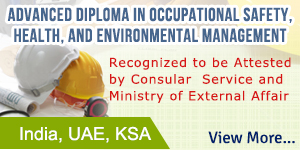
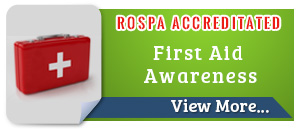
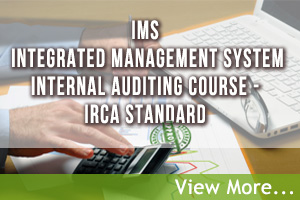



good blog..
Thanks for visiting us…
Precise and nice blog, keep it up.
Thanks for visiting us…
very informative
Thanks for your information. we will update more and kindly visit http://greenwgroup.co.in